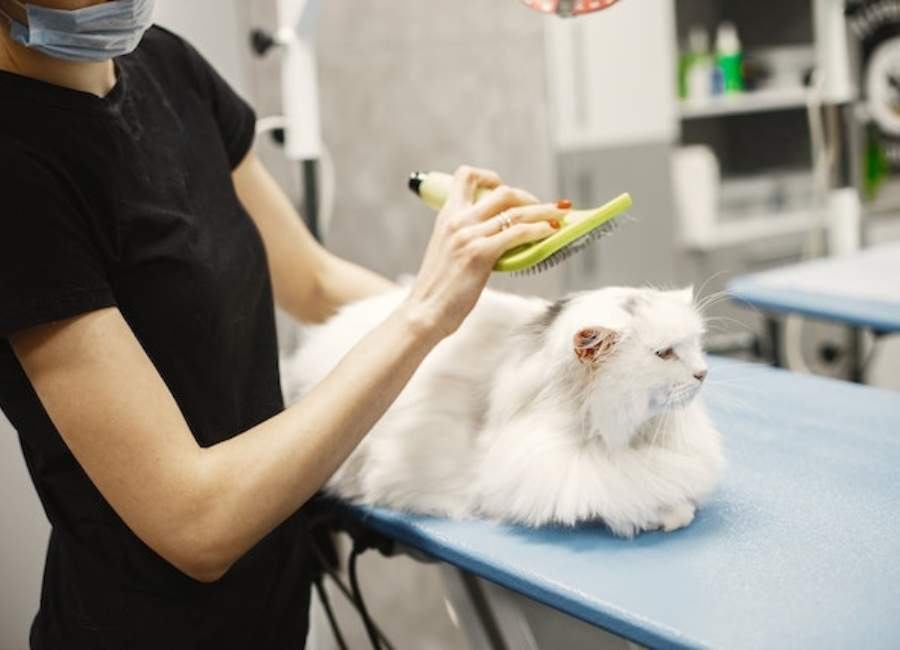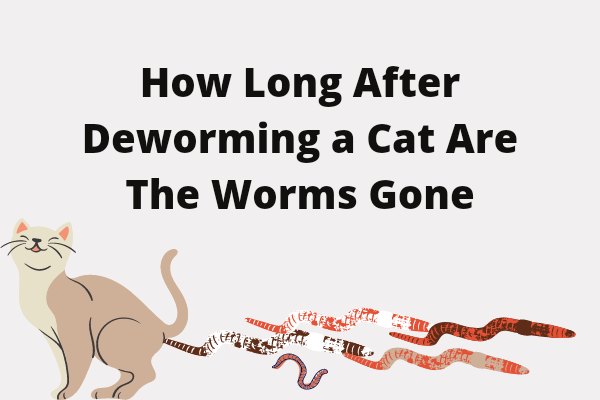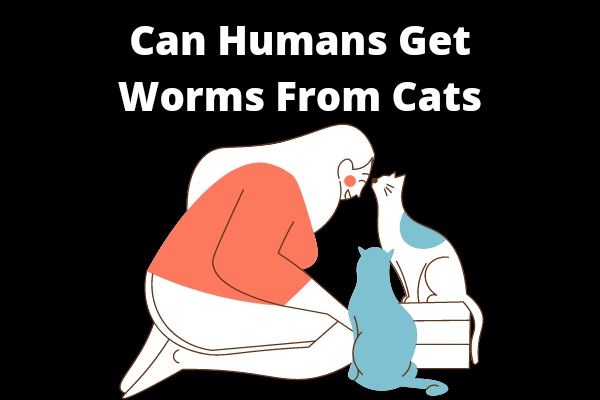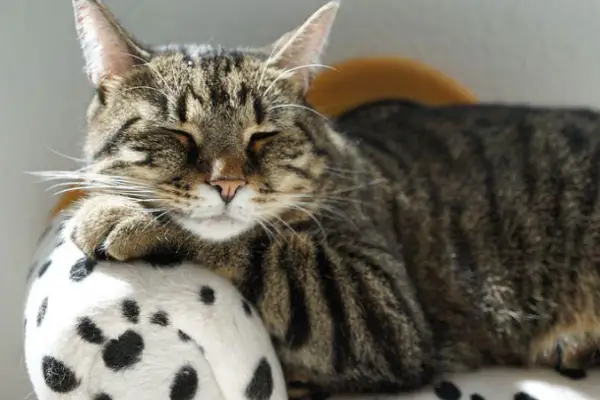13 Common Cat Health Problems & Tips

Cat owners know that having a furry feline companion in the house can bring joy and companionship.
But when it comes to caring for your cat, you should also be aware of the common cat health problems that can affect your pet.
In this blog post, we’ll take a look at the most common cat health problems, what causes them, and what you can do to keep your cat healthy and happy.
Common Cat Health Problems
Common cat health problems include vomiting, feline lower urinary tract diseases, diarrhea, diabetes, feline immunodeficiency virus (FIV), feline leukemia virus (FelV), kidney disease, dental disease, diabetes, feline upper respiratory infections, and cancer.
Symptoms of common cat health problems can include vomiting, diarrhea, lack of appetite, pale gums, yellowish color to the skin or eyes, distended abdomen, high fever, and lameness.
To help prevent these health problems, providing your cat with regular vet check-ups, a nutritious diet, and plenty of exercise is important.
Let’s break it down further…
Here is the breakdown of some of the most common cat health problems:
Urinary tract infections (UTIs)
Cats frequently experience urinary tract infections, particularly male cats.
Bacteria that enter the urinary tract and cause irritation and inflammation are the cause of UTIs.
Diets heavy in ash, dehydration, obesity, and blockages of the urinary system can all be contributing factors.
Make sure your cat has access to plenty of fresh water, feed them a high-quality, low-ash diet, and think about adding cranberry or D-mannose to their regular diet to help avoid UTIs.
Often, a veterinarian’s prescription for antibiotics is used to treat UTIs.
Feline Lower Urinary Tract Disease (FLUTD)
Cats’ bladder and urethra can be affected by a number of disorders together referred to as feline lower urinary tract disease (FLUTD).
FLUTD is not one particular disease, but rather a group of symptoms that can be brought on by a number of different underlying problems, such as bacterial infections, urinary crystals and stones, malignancies, and abnormalities of the nerve and muscles.
Frequent urination that is difficult or painful, inappropriate peeing outside of the litter box, red or murky urine, and frequent licking of the genital region are all typical FLUTD symptoms.
If you think your cat could have FLUTD, it’s crucial to get them checked out by a vet because early diagnosis and treatment can reduce the chance of problems.
Feline leukemia virus (FeLV)
A virus called FeLV (Feline Leukemia Virus) affects cats. It was initially found in cats who had a particular type of leukemia, but it can potentially result in other illnesses.
A cat’s immune system is weakened by the retrovirus FeLV, leaving them more susceptible to other illnesses and infections.
It is spread cat-to-cat through saliva, nasal secretions, urine, feces, and milk from infected cats.
Anemia, weight loss, poor coat condition, fever, lethargy, and an enlarged lymph node are some of the signs of FeLV.
There is presently no vaccine for FeLV; instead, supportive care is the only form of treatment.
Feline immunodeficiency virus (FIV)
Feline immunodeficiency virus (FIV) is a virus that affects cats around the world.
It is a retrovirus that compromises a cat’s immune system, making it vulnerable to other infections and diseases.
FIV is a feline-only virus that cannot be transmitted to humans.
Infected cats may not show symptoms until years after the initial infection.
Common symptoms include fever, poor appetite, weight loss, and swollen lymph nodes.
FIV can be spread through contact with the saliva of an infected cat, commonly through bites, and through contact with contaminated objects, such as food bowls and litter boxes.
There is no cure for FIV, but it can be managed with supportive care and medications to prevent secondary infections.
Vaccines are available for cats at risk of infection.
Hyperthyroidism
Hyperthyroidism is a common disease in cats, and mostly afflicts cats middle-aged and older.
Also called thyrotoxicosis, hyperthyroidism is caused by an overproduction of thyroid hormones from the thyroid gland.
The symptoms of hyperthyroidism can include increased appetite, weight loss, vomiting, and diarrhea.
Some cats may also have an increased heart rate and increased blood pressure.
Treatment for hyperthyroidism usually consists of medication to reduce the production of thyroid hormones.
As well as dietary changes to reduce the absorption of these hormones. Surgery may also be required in some cases.
Dental problems
Dental problems in cats are very common and can range from minor problems such as tartar buildup, to more severe issues such as periodontal disease.
Periodontal disease is an infection of the gums and can lead to tooth loss and other serious health issues.
Other common dental problems in cats include broken teeth, tooth abscesses, and gum disease.
To help prevent dental problems, regular brushing is recommended, and regular dental check-ups are important.
If dental problems are left untreated, it can lead to pain and discomfort for the cat, and can even cause other health issues.
Diabetes
Diabetes in cats is a chronic disorder of carbohydrate metabolism that occurs when a cat can’t use glucose normally.
It is caused by a lack of insulin production by the pancreas or an inadequate response to the insulin produced.
Symptoms of diabetes in cats can include increased drinking, increased urination, weight loss, poor coat condition, and lethargy.
It is important to get regular check-ups for your cat to monitor their glucose levels, as diabetes can be managed successfully with proper treatment, diet, and exercise.
If left untreated, diabetes can lead to more serious complications such as urinary tract infections, cataracts, and even kidney failure.
Vomiting and diarrhea
Vomiting and diarrhea in cats can be caused by a variety of conditions, ranging from a simple stomach upset to a more serious underlying disease.
Common causes of vomiting and diarrhea in cats include dietary indiscretion, infections, food allergies, parasites, and organ dysfunction.
Vomiting is the act of expelling contents from the stomach through the mouth, while diarrhea is the frequent evacuation of watery stools.
Treatment for vomiting and diarrhea in cats will depend on the underlying cause, but in general, it is important to ensure your cat is hydrated and may require special diets or medications.
It is also important to seek veterinary care if the condition persists or worsens.
Kidney disease
Kidney disease in cats, also known as chronic kidney disease (CKD), is a progressive condition that can lead to the eventual failure of the kidneys.
It is most common in older cats, but can affect cats of any age.
Symptoms may include increased thirst and urination, weight loss, decreased appetite, vomiting, and diarrhea.
It is important to seek veterinary care if any of these symptoms are noticed in order to diagnose and treat the condition as soon as possible.
Treatment may include dietary changes, medications, and other supportive care.
It is important to keep the cat well hydrated and to monitor the disease on a regular basis. If left untreated, kidney disease can be fatal.
Skin allergies
Skin allergies in cats, also known as allergic dermatitis, are caused by an overreaction of the immune system to an allergen.
Common allergens include pollen, dust mites, fleas, and certain foods.
Symptoms of skin allergies in cats include itching, redness, hair loss, and rash.
Treatment may involve the use of topical and/or oral medications, as well as dietary changes and allergen avoidance.
It is important to seek veterinary care if any of these symptoms are noticed, as some skin allergies can be serious and can cause secondary infections if left untreated.
Cancer
Cancer in cats is a term used to describe disease that is caused by a tumour (or neoplasm) – a collection of abnormal cells within the body that can spread through the cat’s lymph system or bloodstream.
Common types of cancer in cats include squamous cell carcinoma, lymphoma, and mammary cancer.
Symptoms of cancer in cats can vary depending on the type and location, but may include weight loss, lethargy, difficulty breathing, and loss of appetite.
Treatment for cancer in cats may include surgery, chemotherapy, radiation, or immunotherapy.
Hairballs
Hairballs in cats are wads of indigestible fur that accumulate in the stomach due to a cat’s grooming habits.
When a cat grooms itself, it swallows fur, which can accumulate in the stomach and form a hairball.
Hairballs can cause obstruction of the digestive tract, which can lead to a loss of appetite, vomiting, and constipation.
Treatment of hairballs in cats may include laxatives, special foods, and if necessary, surgery to remove the obstruction.
Hair loss
The shedding of fur or the absence of fur growth in cats is referred to as hair loss in cats, also known as alopecia.
Numerous things, such as genetics, hormonal problems, allergies, parasites, infections, and trauma, can contribute to this condition.
Cats who overgroom frequently show signs of hair loss such as patchy fur loss, red or scaly skin, and loss of fur on the tail and legs.
Depending on the underlying cause, different therapies are used to treat hair loss in cats, but the most common ones involve dietary adjustments, anti-inflammatory drugs, flea control, and topical medications.
How to prevent common cat health problems in cats
Keep your cat’s vaccines up to date, take them for routine check-ups and health screenings, feed them a high-quality diet, keep them away from harmful pollutants and parasites, and give them lots of play and exercise to prevent common cat health issues.
Also, it’s critical to understand the warning signs and symptoms of common feline health issues and to take your cat to the doctor if you see anything unusual.
Last but not least, it’s critical to give your cat a secure, stress-free environment and to maintain their resting and dining spaces tidy and risk-free.
Signs of a sick cat
Changes in a cat’s general appearance, energy level, friendliness, coat appearance and/or amount of shedding, eating, litterbox habits, vocalization, and behavior are all indications that the cat is sick.
In addition, sick cats may exhibit abnormal litter box behavior, repeated vomiting, extreme exhaustion, dragging back legs, lumps, or bumps, sudden changes in appetite.
Constricted or dilated pupils, vomiting or diarrhea, sudden mood changes, lack of interest in playing or appearing lethargic, increased vocalization.
Decreased socialization, excessive grooming, changes in eating habits, peeing outside the litterbox, bad breath, and sudden changes in appetite.
It’s critical to get your cat to the vet as soon as you see any of these symptoms in them.
Learn more about sick cat symptoms and how to comfort a sick cat.
Conclusion
Keeping your cat healthy and happy is an important part of being a responsible pet owner.
By being aware of the common cat health problems and taking proactive steps to prevent them, you can ensure your pet’s health and well-being.
With regular vet check-ups, a nutritious diet, and plenty of exercises, your cat can enjoy a long, healthy life.

![10 Signs of Depression in Cats [Causes & Tips] Signs of Depression in Cats](https://petcreeks.com/wp-content/uploads/2021/07/Signs-of-Depression-in-Cats.jpg)




